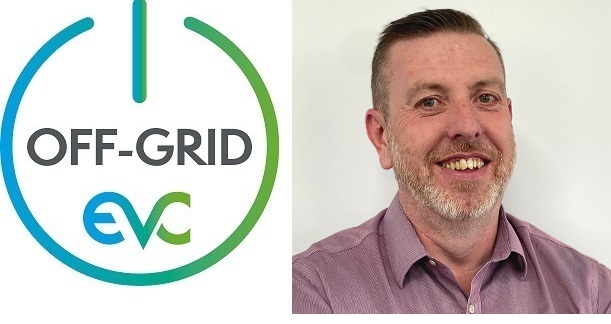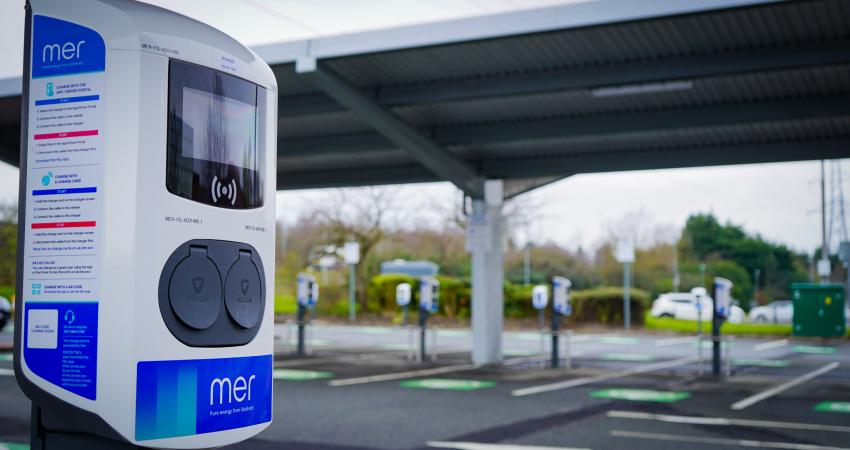
Should the deployment of the required EV charging infrastructure be the responsibility of the private sector, or is more support required from governments to meet chargepoint targets?
One thing that was very disappointing was the government’s removal of the OZEV grant [the UK Office for Zero Emission Vehicles scheme for homeowners, businesses, charities and public sector organisations]. The £350 home charge grant ended in April 2022, and the workplace grant finishes at the end of March 2024. Those grants were an incentive for people to have a charger and move to an EV.
At the same time there is an increase in clean air and low-emission zones from councils across the country. I can understand the need for these but there definitely needs to be support from the government for individuals and businesses to move to EVs and install charging infrastructure. That has been removed and there are no similar widespread incentives to replace it.
The target is for no more petrol vehicles in the UK by 2030, but at the moment only 20% of new vehicles are battery or plug-in hybrids.
Government investment in some positive messaging around the availability and reliability of EV charging points would be useful. From talking to end users a lot of people are interested in the move to EVs, but the biggest concern is where they will be able to charge. The government needs to provide that bit of education that there are lots of charging opportunities and an electric vehicle makes sense day-to-day.
What are the biggest challenges facing deployers in the rollout of EV charging infrastructure?
We are seeing a huge increase in the rollout of chargers, but more chargepoints are definitely needed. We are working in workplace, destination - hotels, golf courses, gyms - and semi-public charging, where a business installs chargers for their use and which can be available to the general public out of office hours.
The biggest challenge that we are seeing is availability of capacity. We spend a lot of time with our installers on sites, and there is just not enough available power or current coming onto those sites, and also enough power on the grid to be able to install all of these chargers.
We can mitigate this a little bit with dynamic load balancing and scheduling availability of the chargers, but if there is simply not enough spare capacity on-site then we need to work with an electricity DNO [distribution network operator] to increase it. That’s where it gets a bit more complex and you can see delays due to bureaucracy slowing down installations. There have been cases where customers have looked at the cost of increasing that feed and decided not to do it.
More forward thinking is needed. When new business parks are being developed, ensure that there is extra capacity for a future upgrade to EV charging, not just what the requirement is for the office buildings.
There is a need to be able to charge wherever you park your car, so you are not going somewhere specifically to charge but when you are doing something else. We have done well with hotels and I talk to a lot of hotel managers about the benefits of having charging, not just for people staying in the hotel. There is also the increased business from having a charger that is available on the Zapmap app so that people who need somewhere to charge can call in at the hotel to use the charger and then they might use its facilities and buy a coffee or lunch.
How serious is the issue of EV charger reliability, and what can be done to improve this and give EV users confidence in the charging process?
I really don’t think that there is a serious problem of reliability. Yes there are some older chargers where there may have been issues about them being maintained or even installed correctly. The real issue is that there are not enough places for us to charge. If there is a small number of charging points in one location and one goes down it becomes a problem.
A higher percentage of men are moving to EVs than women and one of the issues around that is charger anxiety, rather than range anxiety. Are there enough chargers out there and do they work? You don’t think with a petrol station “is it going to work when I get there”. There is nothing intrinsically in any of the technology around EV chargers that means it’s less reliable.
Basically we need more places to plug in. Rather than installing ten rapid DC chargers, put 50 AC sockets in public car parks so 50 cars can charge at the same time rather than just ten.
Which technology do you think will be most important in EV charging infrastructure going forward?
Intelligent load balancing and scheduling are important. We have got to look at ways of making the most of the available power, and integrating with sources like solar power, so that increases the number of areas where chargers can be added.
From a business point of view, is it possible to schedule charging for periods of low load on the business? We are working on a lot of technology around scheduling and energy management that will come to market probably in the second half of this year.
As we move to mass market usage of EVs, interoperability needs to be addressed and making it easier to pay. The government plans to require all public chargers in the UK to offer a contactless payment facility from April 2024, which will make the process simpler.
Also apps that can be used across multiple chargers. There needs to be collaboration between stakeholders such as charger manufacturers and CPMS (charge point management system) providers to make it easy for people to charge. An interesting example is the Monta app which can be used to schedule charging, and it lets you know when a charger is free.
There is a lot that can be done with Vehicle-to-Grid charging around capacity. If a person charges at home and there is not enough charging capacity at their workplace they can sell energy to the worksite. That will make life easier.











